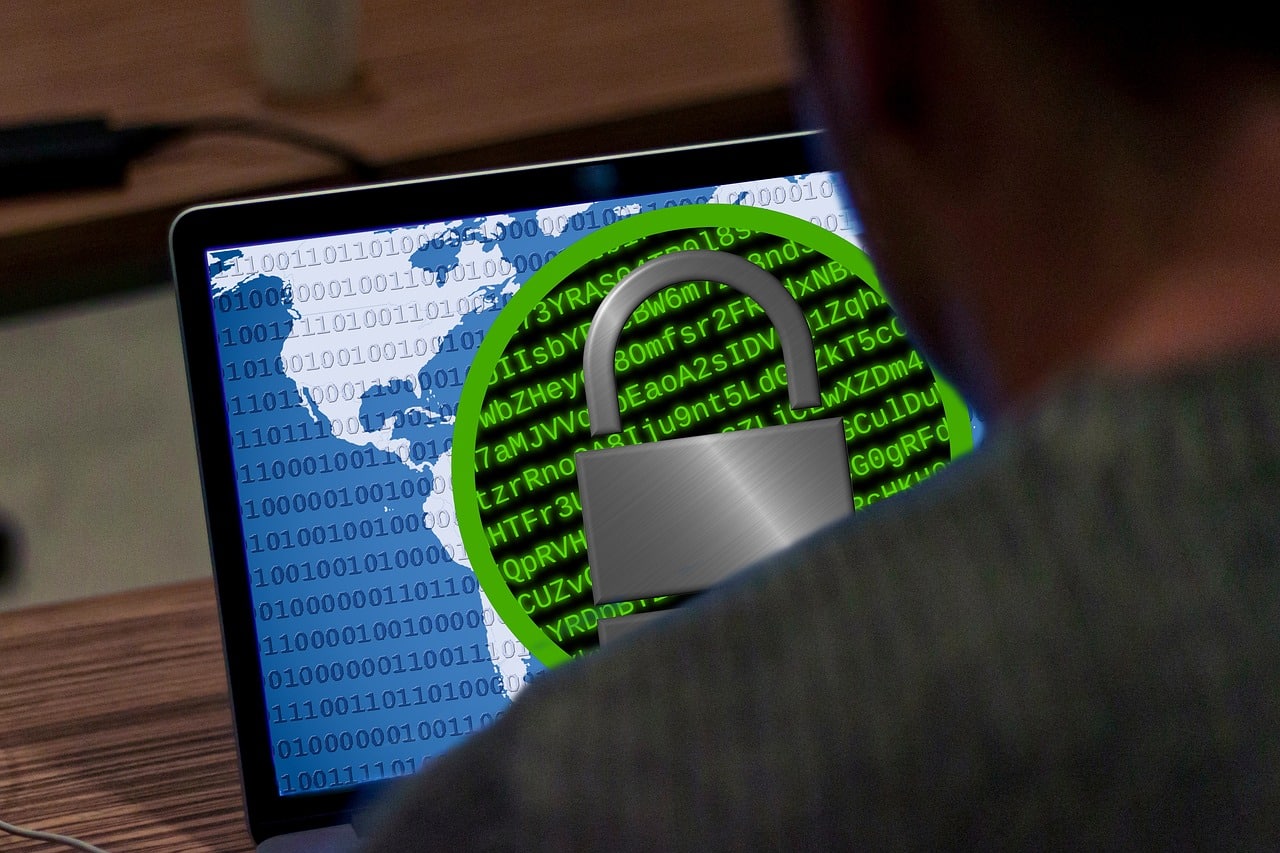
One of the most recent and exciting developments in technology has been the Internet of Things (IoT). This is the term coined to describe the networking of devices we use as part of our daily lives that communicate with one another via Wi-Fi: appliances that can be programmed and started by using a smartphone app, self-driving cars, automatic messages reminding us of our to-do list items, etc. The industry is expanding rapidly, and many businesses are developing smart devices in their efforts to remain competitive, but IoT security, however, has lagged behind.
Jumping on the IoT bandwagon is an exciting opportunity for business growth, but ensuring security is the only way to mitigate the risks involved. In an area where real-time human oversight of wireless transmissions is difficult, methods of maintaining security must keep pace with the technology itself. However, as with all technological advances, this is a daunting task.
What are the risks involved with IoT for your business?
- The biggest risk with IoT is its reliance on wireless connections, as well as the sheer number of devices that are being connected together. Hacking is easier and more common in the wireless world, and hacking communications that are not being continuously monitored is easier and less risky for cybercriminals. In short, their chance of being detected and caught is lower in an IoT environment than with a more traditional network. This is complicated by many businesses feeling pressured to join the IoT movement prior to fully understanding the risks involved and developing solid security systems accordingly. A lack of good planning and preparation has caused many devices to be programmed using older generation operating systems, buggy software, generic manufacturer passwords, and other technical problems. These issues compound the security risks for all communications using IoT devices.
- In addition to the common reasons IoT introduces risk – stealing data, unsecured data connections, privacy issues – there is one threat that seems to fly under the radar, and that is the ability hackers have to introduce botnets and severely disable or interrupt legitimate internet activity, the method used by hackers on October 21, when a series of Distributed Denial of Service (DDoS) attacks caused widespread disruption in the US.
- More and more people are using personal devices, and those devices often are not secured properly. When these people access these devices at work, they often operate through your organization’s network. This means that your network is facing a potential security breach and attack by connecting to a less secure device. Banning devices from the workplace may be impossible. Your first line of defense against the unchecked proliferation of IoT, then, must be a robust, layered network and endpoint security, as well as threat detection protocols.
A Note for IoT product and system developers
For product and system developers, security cannot be stressed enough, since compromised security can devastate an endeavor. Even the perception of higher risk can doom a new product, especially one involved in the transmission of sensitive data. It is not enough to have the same level of security as traditional systems. IoT security is more complicated and must be more robust. Tighter access controls, more complex operator verification processes, stronger encryption, more extensive initial development, newer operating systems, more frequently changed password requirements (including the need to change the manufacturer password prior to use), etc. are vital to the security of your network and your business.
Handling security risks
IoT security is new, complex technology. It is beginning to reach into every aspect of our lives, and it will continue to grow in the foreseeable future. It is something that most individuals and companies can’t handle on their own. More than most other aspects of business, IoT security requires collaboration with experts. If you are concerned about your ability to adequately handle the risks, we are here to help in any way we can to meet your needs and raise your level of understanding, protection, and safety.
At thinkCSC, we believe that in order to achieve maximum success, regardless of the size or type of organization, you must make IT an integral part of your overall business strategy and partner with IT professionals who not only understand how to leverage technology to their advantage but who are also committed to understanding your business goals and aligning your IT strategy to them. We pride ourselves on having the best business-savvy technical experts in the industry. If you would like to learn how to create an IT security strategy aligned with your organizational goals, contact thinkCSC for more information.

